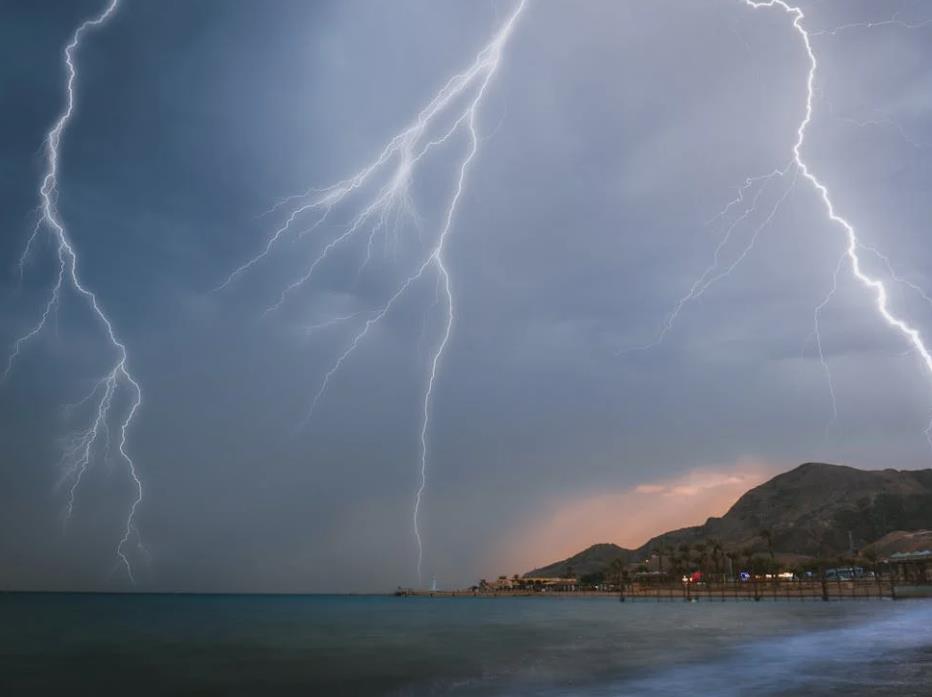It is interesting to know what causes lightning and thunder. Lightning and thunder are due to the giant electrical show inside storm clouds.
Contrary to popular belief, lightning does not make thunder because the hit creates a vacuum into which air rushes. Rather, the flash heats the air and it expands with explosive violence. The so-called thunderclap is the noise of the “explosion.”. Echoes of the clap may cause considerable rumbling. Many people fear thunder more than lightning flashes. However, the light causes no harm and ends before the thunder can be heard. The article on Sound explains how lightning and thunder can be used to tell how far away a flash occurs.
The destructive power of lightning
Lightning can do extensive damage and kill men and animals because of the tremendous energy in a flash. A single flash may use a trillion kilowatts of power. When such a flash hits a tree, sap flashes to steam wherever the energy passes, and the steam blows off limbs or even splits the trunk. When lightning strikes the sandy ground, it melts the sand itself along a course that may strike several feet down. This forms long, glassy tubes called fulgurites. In an average year, lightning kills 400 people and causes 20 million dollars worth of damage in the United States.
Most of this loss of life could be avoided by obeying a few simple rules. Lightning, we know, seeks the shortest path between its parent cloud and the ground. Church steeples, flagpoles, and lone trees provide a short path, and lightning tends to strike them. Hence, we should stay away from them during thunderstorms. Persons on mountaintops or level plains should lie down. People inside buildings are relatively safe. Lightning usually travels down the outside of a building or along water pipes or other metal paths. Steel-framed skyscrapers are especially safe, for they act as giant lightning rods.
Why do lightning rods provide protection?
Benjamin Franklin invented the lightning rod, which is a metal wire or rod with a tip above the protected structure and a base in the ground. However, the rod does not protect by providing a path to the ground for lightning, as some suppose. It is the point that protects because electricity charges each point readily. When induction from an overhead cloud builds up a charge upon a build, some of the charge leaks off as a feathery brush discharge.” This weakens the attractive force between the ground and cloud charges, and no stroke occurs.
Experts should install lightning rods to assure protection. Structures such as oil tanks, which are likely to catch fire, are best protected by a series of rods connected with wires to form a sort of cage. A good rod protects a horizontal area from two to four times its height.
Read More: Incredible Photography of Lightning bolts







